Remember those early internet days when web pages used to look like this?
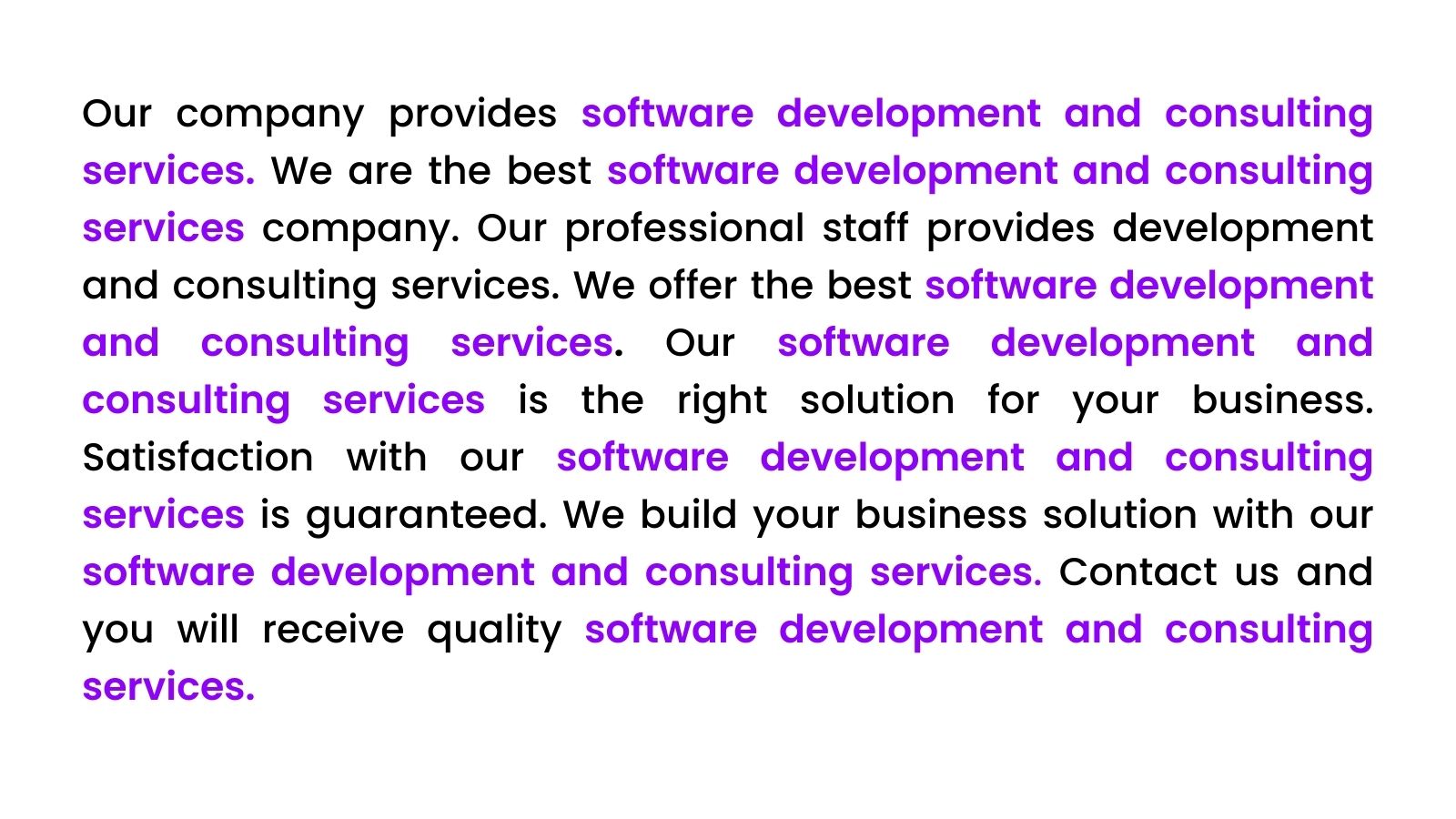
Well, repeating "software development" again and again till you get into the top 10 would have worked 10 years ago. But, search engines have evolved now & so must you!
Today, topics take precedence over keywords. And, the best way to gain topical authority is via creating topic hubs or clusters.
One website that implements this flawlessly is HubSpot! They are acing SEO with 13M monthly organic traffic & they rank for 4.8M keywords!
So, let's learn about topical authority with the help of HubSpot!
So, what is topical authority?
Consider this, you decide to write a blog on a marketing-related keyword. You manage to write the best blog there is but you're still not ranking in the top 10.
Now, you are wondering why Google hates you. But, well, Google doesn't hate you, you've just not established topical authority on the broad topic that is "marketing"!
A website with authority on a topic, means they are considered experts in that field. Google will trust them to answer search queries appropriately, so they are automatically ranked at the top.
You gain topical authority when you provide quality content on an entire breadth of search queries relating to that topic.
Okay, but how do you establish topical authority?
Well, here’s how you can go about establishing topical authority:
As you might have guessed, establishing topical authority takes time. You have to start by writing good quality, SEO optimized blogs on keywords that come under the umbrella of a broad topic.
Firstly, you have to choose your target topic & then research all the sub-topics you can cover here.
So, suppose "content marketing" is your target topic, then you'll aim to cover all possible sub-topics under that niche.
Next, you'll have to internally link all the blogs covering the sub-topics. This signals the search engine that these topics are related.
Finally, getting external links from websites that have already established authority on your target topic will give you a great push.
Now, you either implement these steps randomly by writing on one topic after another, or you can do it in a structured fashion using say, the hub & spoke model.
The Hub-spoke model
The hub-spoke model has 3 components that together form a topic hub.
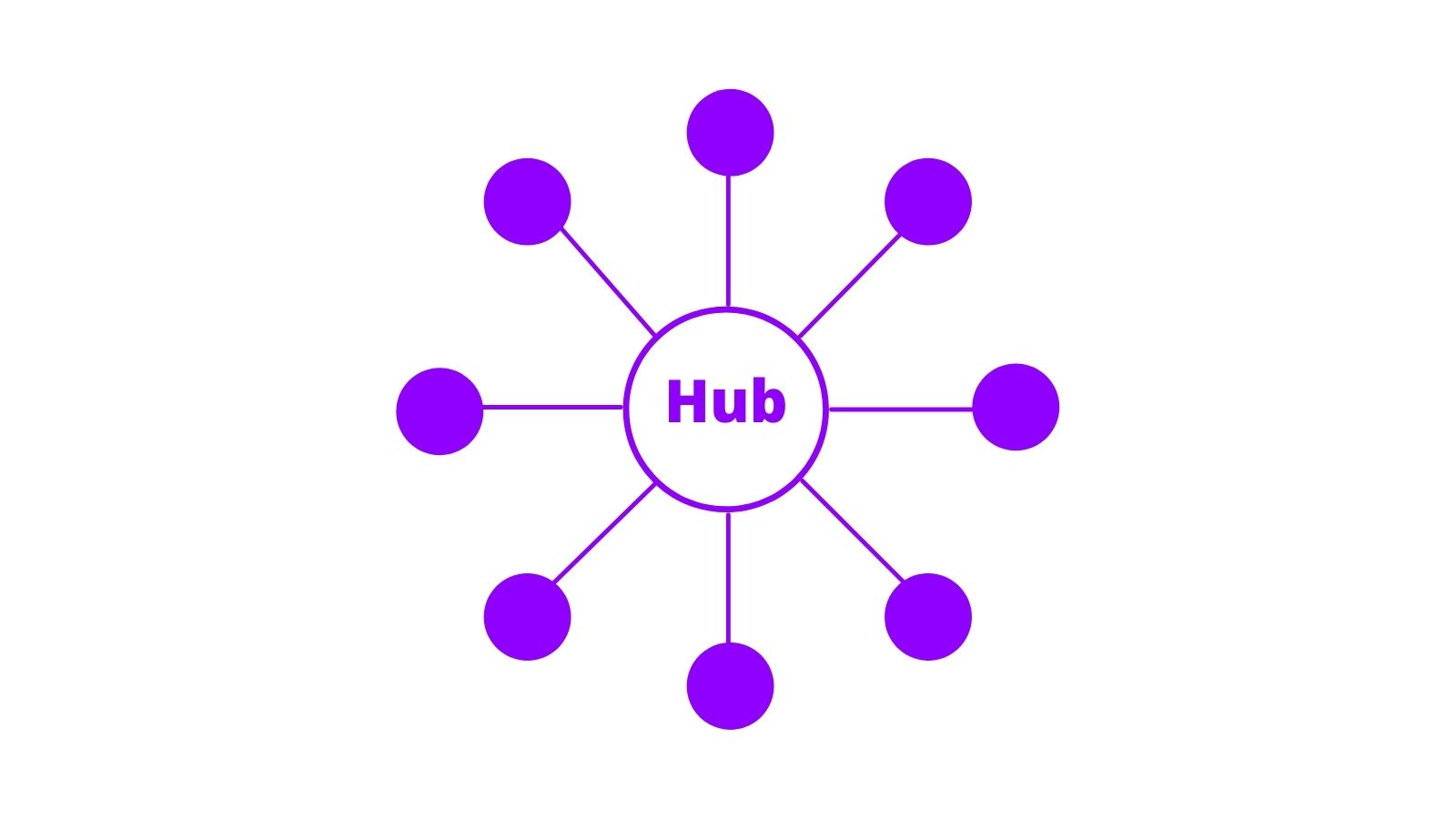
- The Main Page (Hub)
- This is the page that connects to all the other pages.
- Usually, this page covers a very wide topic & doesn't target long-tail keywords.
- The Sub-pages
- These are a set of pages that cover all the topics under the main page.
- Here we target long-tail keywords with good volume & less difficulty.
- Internal Linking
- Now all the main and sub-pages are connected to each other by internal linking.
- This helps search engines make a connection that these pages are related.
- Spotting the connection, search engines eventually establish that the said domain has authority on the topic covered by the main page.
Overall, apart from helping with topical authority, these hubs also help organize all the blog pages on your site.
Got it! So how did HubSpot implement this?
HubSpot nails all parts of SEO. Especially, the blogs. The blog.hubspot.com subfolder gets 10M monthly traffic according to Ahrefs. That's ~74% of HubSpot's monthly traffic!
If you take a look at the top subfolders, immediately you'll spot 2 folders that do incredibly well.
- blog.hubspot.com/marketing
- blog.hubspot.com/sales
So, the blog pages are mainly divided into these two categories. But, "marketing" and "sales" are very broad topics. So, HubSpot goes a step further to create more topic hubs under the umbrella topic that is "marketing" & "sales". HubSpot calls these hubs as "topic clusters".
For example, under the /marketing subfolder, you'll find clusters on topics like
- SEO
- Content Marketing
- Blogging
- Technical SEO
- Instagram SEO
How HubSpot creates topic clusters
Let's take the example of the topic "technical-seo".
1) The Main Page
This page is titled "The Ultimate Guide to Technical SEO" & it basically covers all aspects of the topic in a very brief way.
URL structure ➝ /marketing/technical-seo-guide

2) The Sub Pages
The "Technical SEO" topic has these sub-pages:
- Audit Fundamentals
- SEO Crawlability
- Indexability Checklists
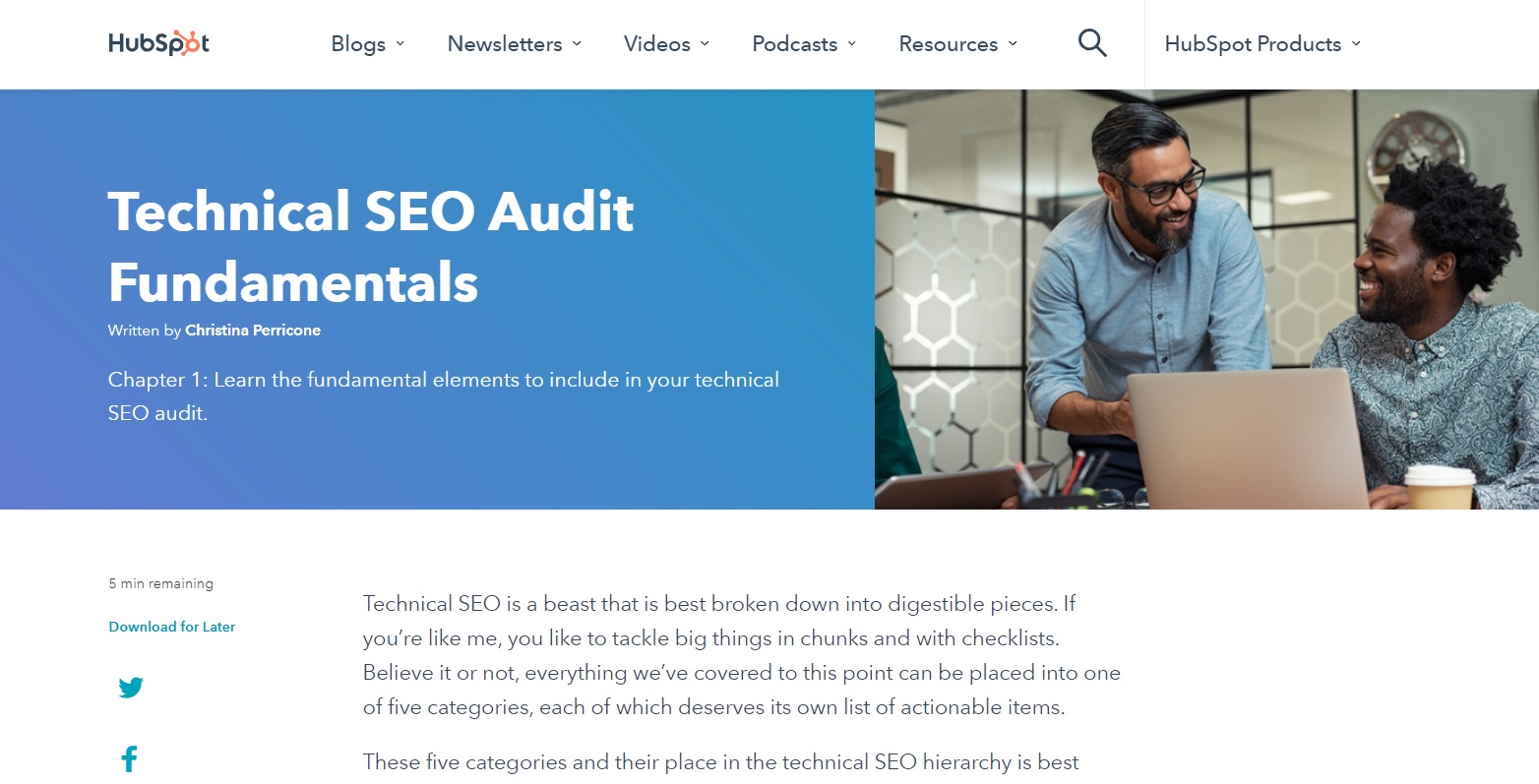
These subpages are the different chapters to the main technical SEO guide.
URL structure ➝ /marketing/technical-seo-guide/audit-fundamentals
Apart from these, there are many blogs that come under this topic. If you scroll down to the end of these blogs you can see what main topic the blog belongs to.
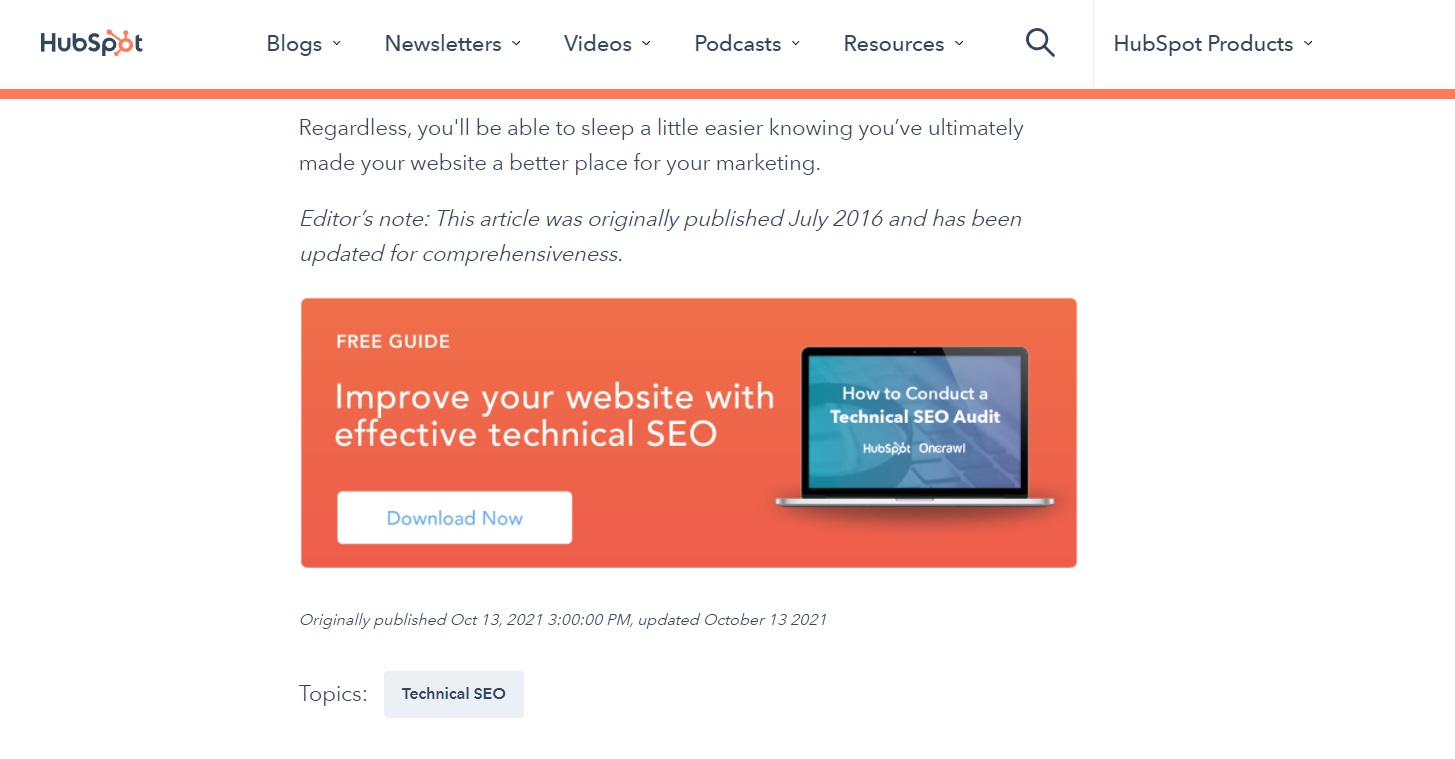
These blogs basically target long-tail keywords like "how to unindex pages from search engine".
So, following the hub-spoke model discussed, these pages are all internally linked together to form a cluster of content on technical SEO.
How we gained authority on our "skill" pages at Flexiple
At Flexiple, we have also implemented a similar strategy to HubSpot.
To give you some context, Flexiple helps companies hire top freelance tech talent.
Now, we've organised our website such that all sub-folders are based on technologies like React, Node, Angular, Python, etc. So all of these technologies are content hubs on our website.
Let's take the example of the "Python" hub.
The main page is a comprehensive guide on everything related to Python, while the sub-pages are short blogs/tutorials on high-volume keywords.
For example,
1) The Main Page
URL structure ➝ flexiple.com/python
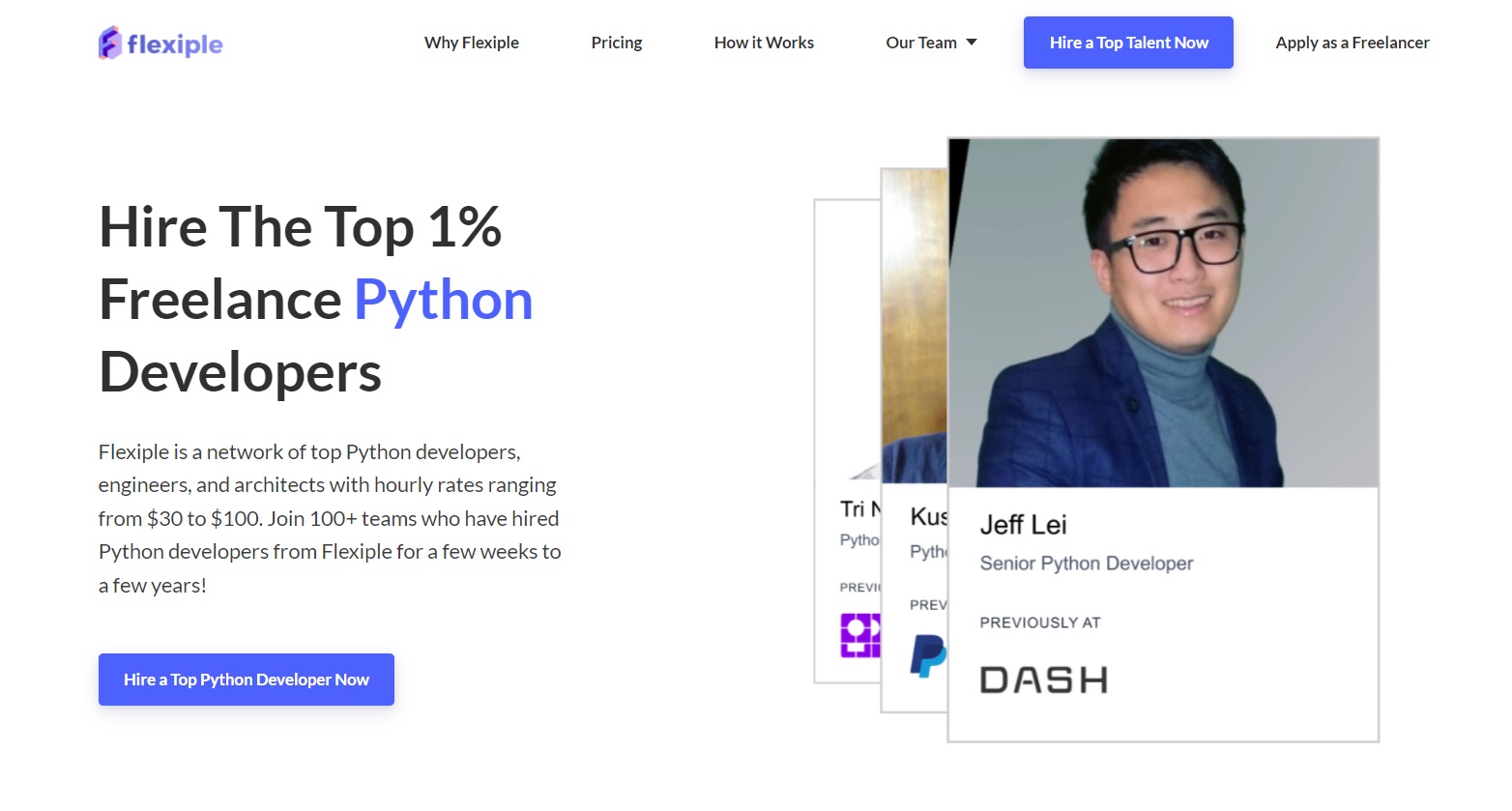
2) The Sub Pages
URL structure
➝ flexiple.com/python/numpy-reshape

➝ flexiple.com/python/python-infinity
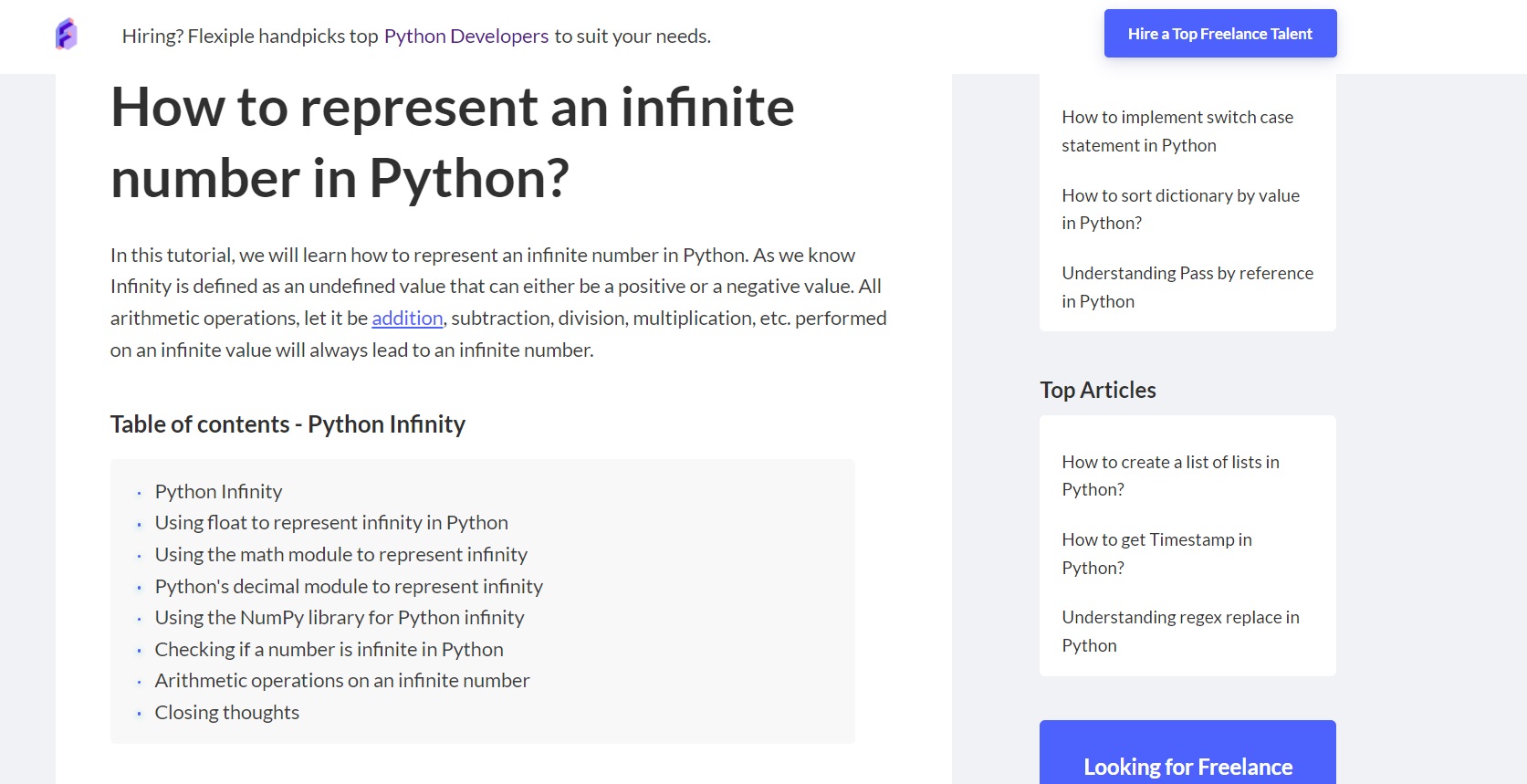
➝ flexiple.com/python/not-equal-python
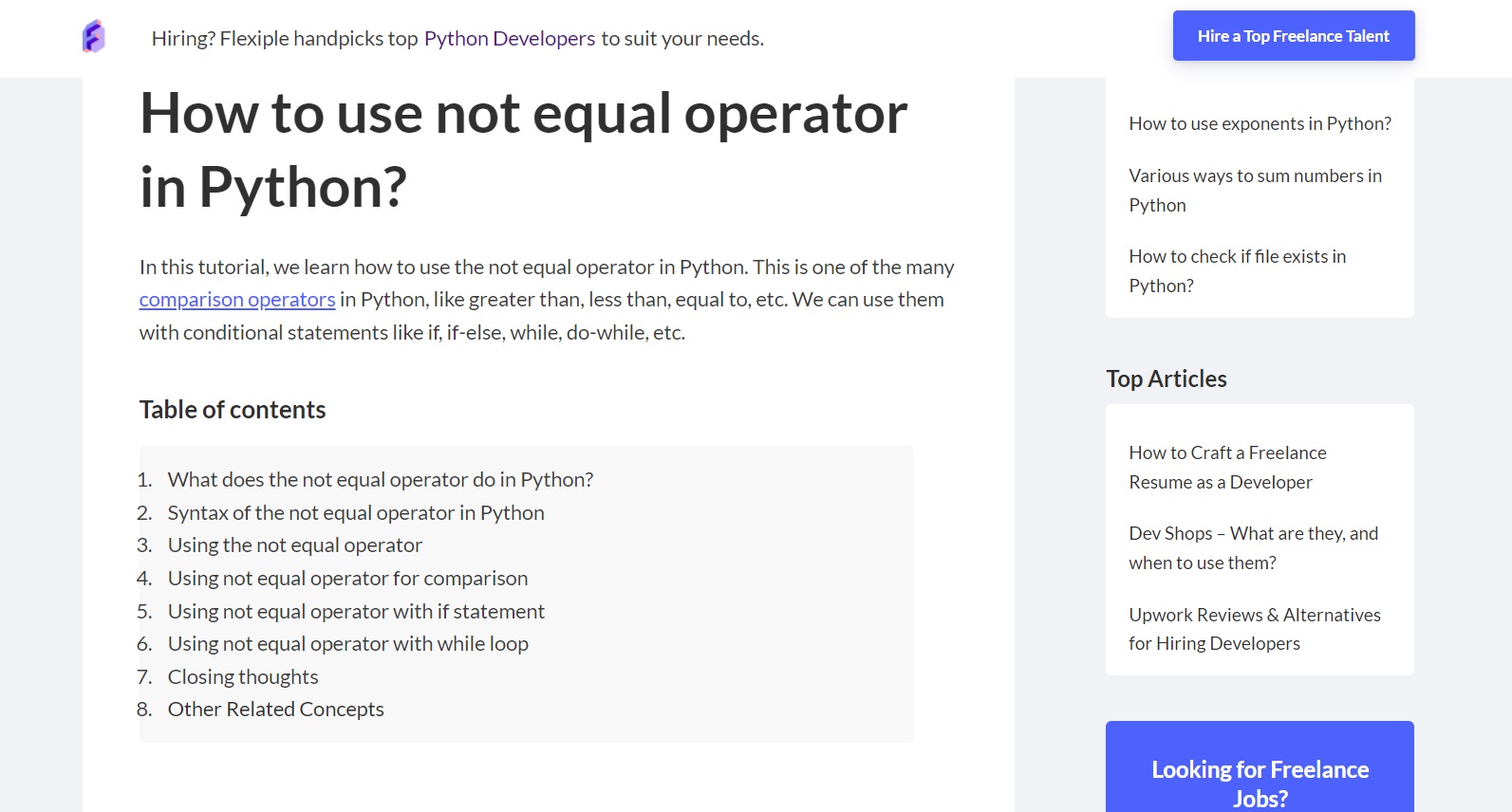
These pages are again internally linked & serve as a comprehensive guide covering most python-related topics & search queries.
Key takeaways
So, what do we learn from this?
- Well, firstly, Google loves topics more than keywords. So Google will surely reward you for writing consistently on the topics in your domain.
- Ultimately, you should focus on creating content for your users, and only optimize for Google. As search engine algorithms get smarter, great content will always win over any SEO trick!
But, of course, we're always here to help you carve out the exact path to your SEO success 😉








